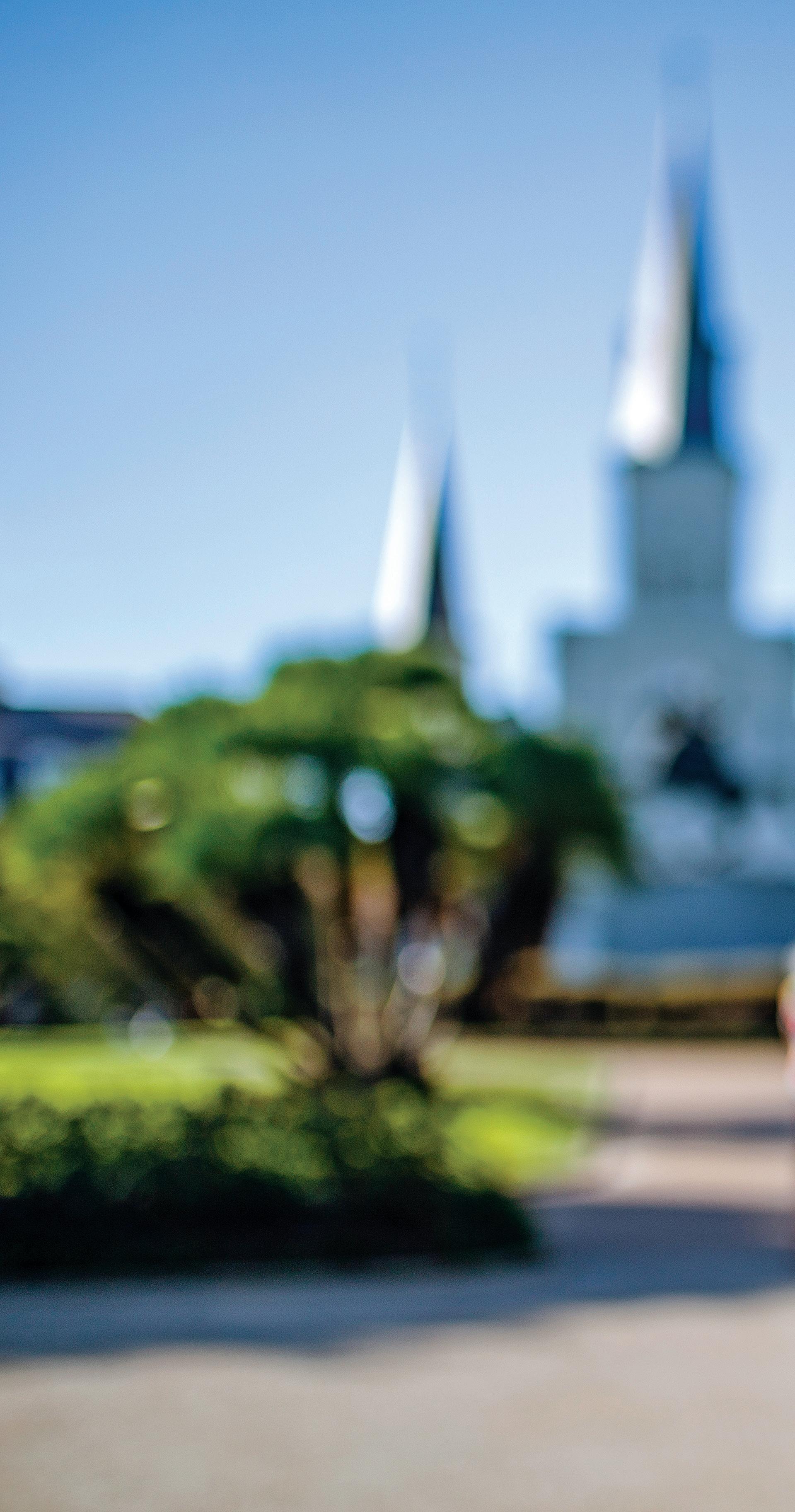
7 minute read
FIRST LOOK
The city’s top destinations and attractions, in no particular order—from the French Quarter and City Park to Uptown and down.
©ISAAC ARJONILLA
French Quarter
When most people think of New Orleans, they first envision the French Quarter, and rightly so. When New Orleans was originally laid out in 1721, the Vieux Carré was the city—all 13 blocks of it. The district is now on the National Register of Historic Places, and its trademark Creole townhouses, Spanish-influenced courtyards and iconic ironwork balconies are synonymous with Southern style. Bourbon Street, teeming with bars and nightclubs, is known worldwide for its nonstop party atmosphere, while Royal Street is an art and antiquing epicenter. Chartres Street offers chic boutiques and several of the Quarter’s most historic sites.
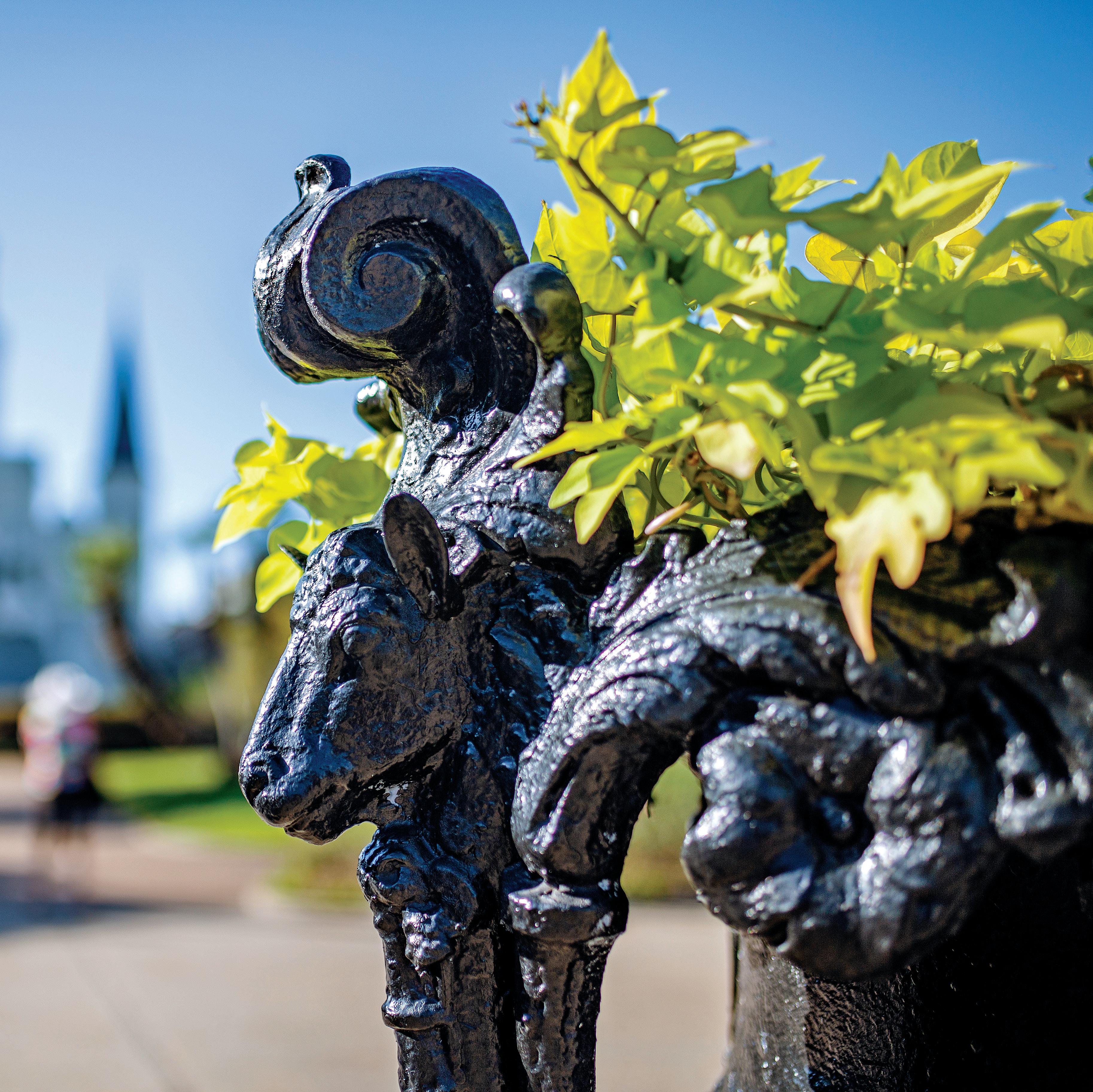
FIRST LOOK
Garden District/Uptown
New Orleans’ second-most well-known neighborhood is about a mile away from the French Quarter, but in spirit it’s a world apart. Conceived as the city’s “American sector,” the area (technically bound by Louisiana Avenue to Carondelet Street and Josephine and Magazine streets) is famous for its stately homes surrounded by expansive gardens. Uptown, filled with Greek Revival, Gothic and Queen Anne-style mansions, is concentrated around St. Charles Avenue. The St. Charles streetcar runs the full length of the oak-canopied boulevard, an ideal way to view the area’s antebellum masterpieces.
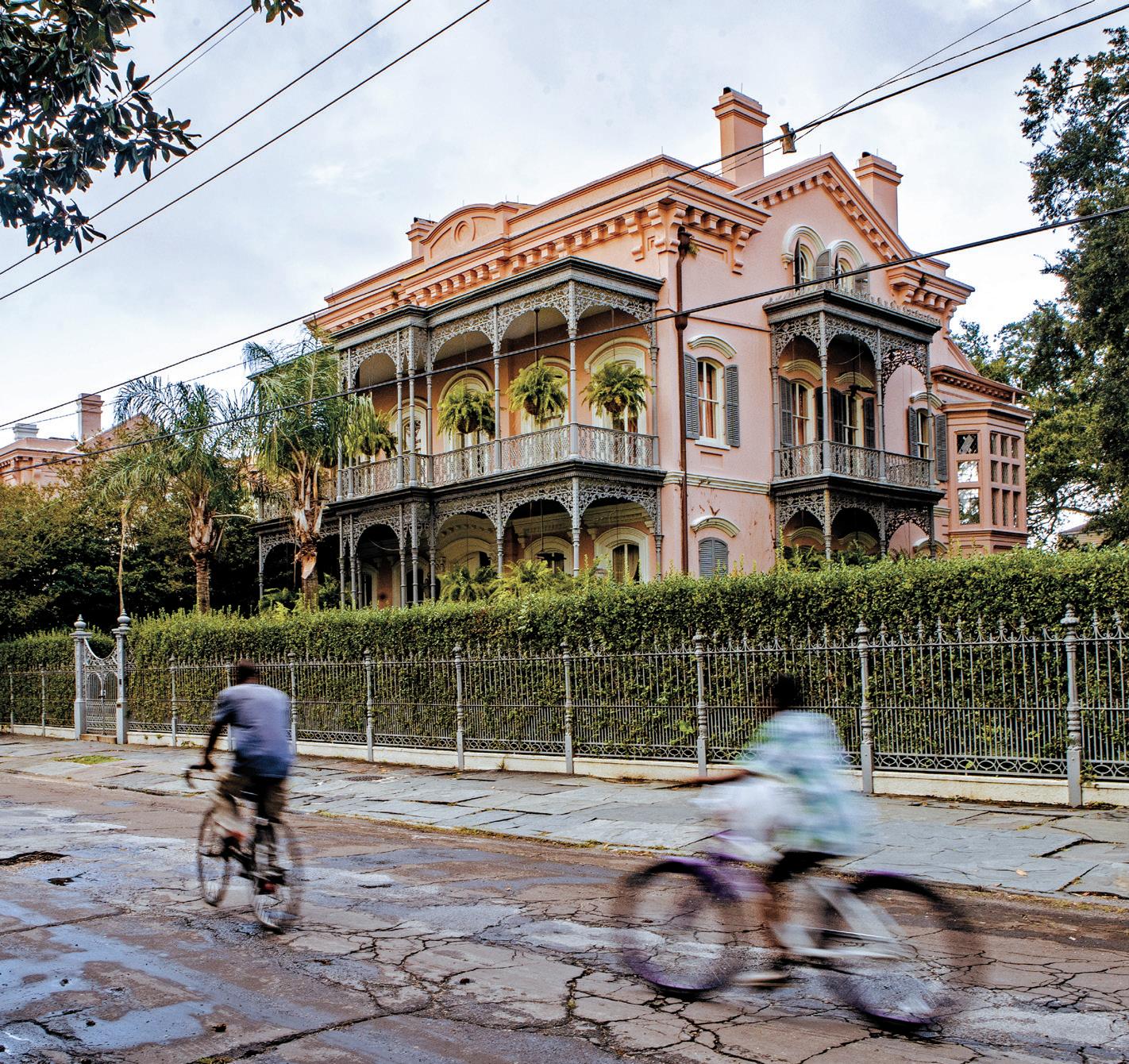
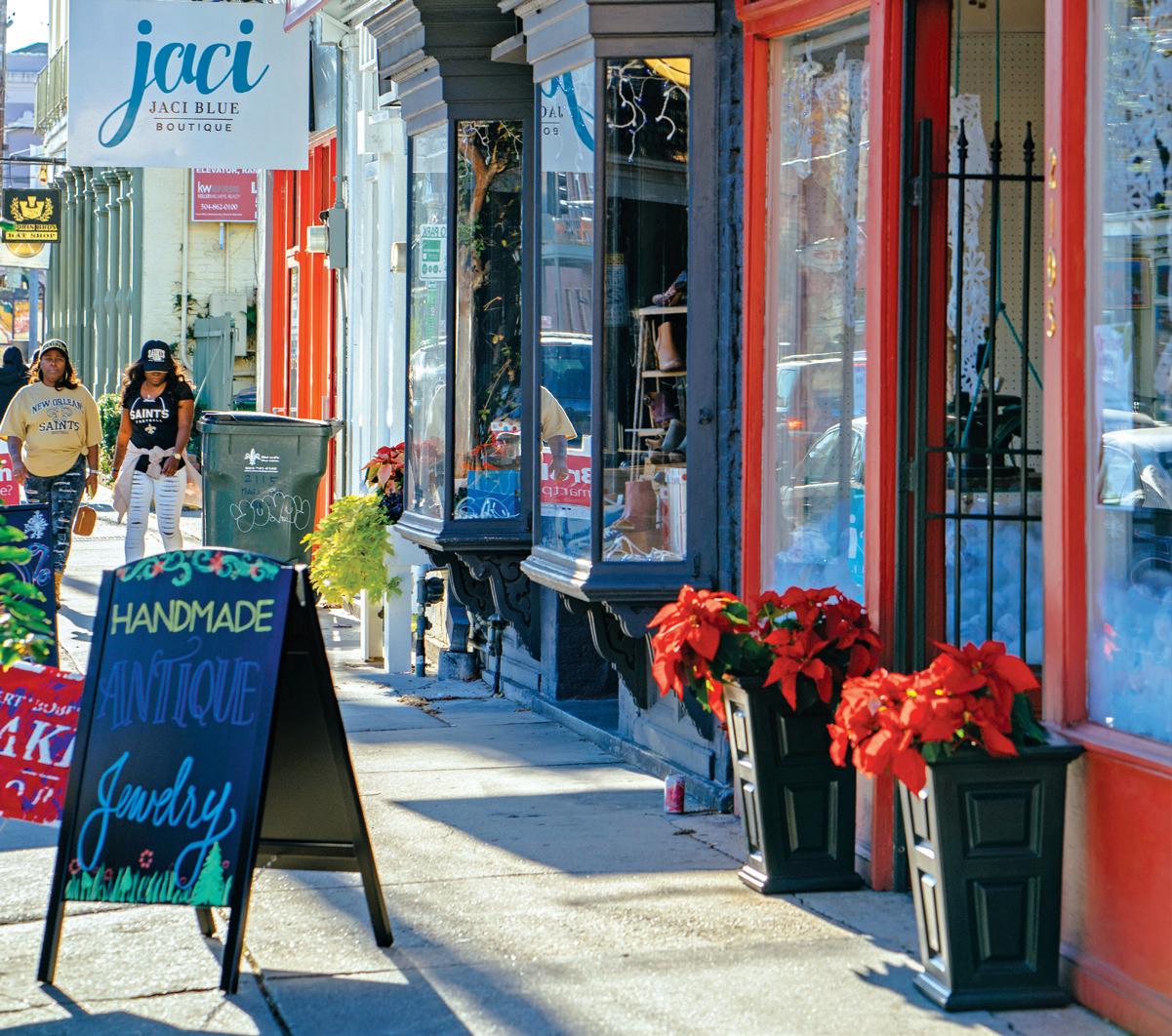
Magazine Street
Known as “the street of dreams,” Magazine Street lives up to its moniker with six miles of prime retailing. Start along the 1300 block and work your way toward the Audubon Zoo at the street’s opposite end. En route you’ll discover hundreds of quaint Victorian homes revamped as chic boutiques housing an eclectic mix of art, antiques, clothing, home accents—you name it. It can easily take a full day (or two) to scope out all the offerings. Pace yourself by refueling at one of Magazine’s many restaurants and cafés.
Mississippi Riverfront
Due to the city’s below-sea-level positioning, many visitors leave New Orleans without ever catching a glimpse of the Mississippi River. Woldenberg Park and Crescent Park, grassy promenades that run along the riverfront, offer the perfect opportunity. Grab a go-cup and watch the sunset from along the Moonwalk, or board the Creole Queen paddlewheeler, the steamboat Natchez or the City of New Orleans riverboat, all of which offer cruises. The Algiers ferry, which shuttles passengers from the city’s Westbank, has been crossing the Mississippi since 1827.
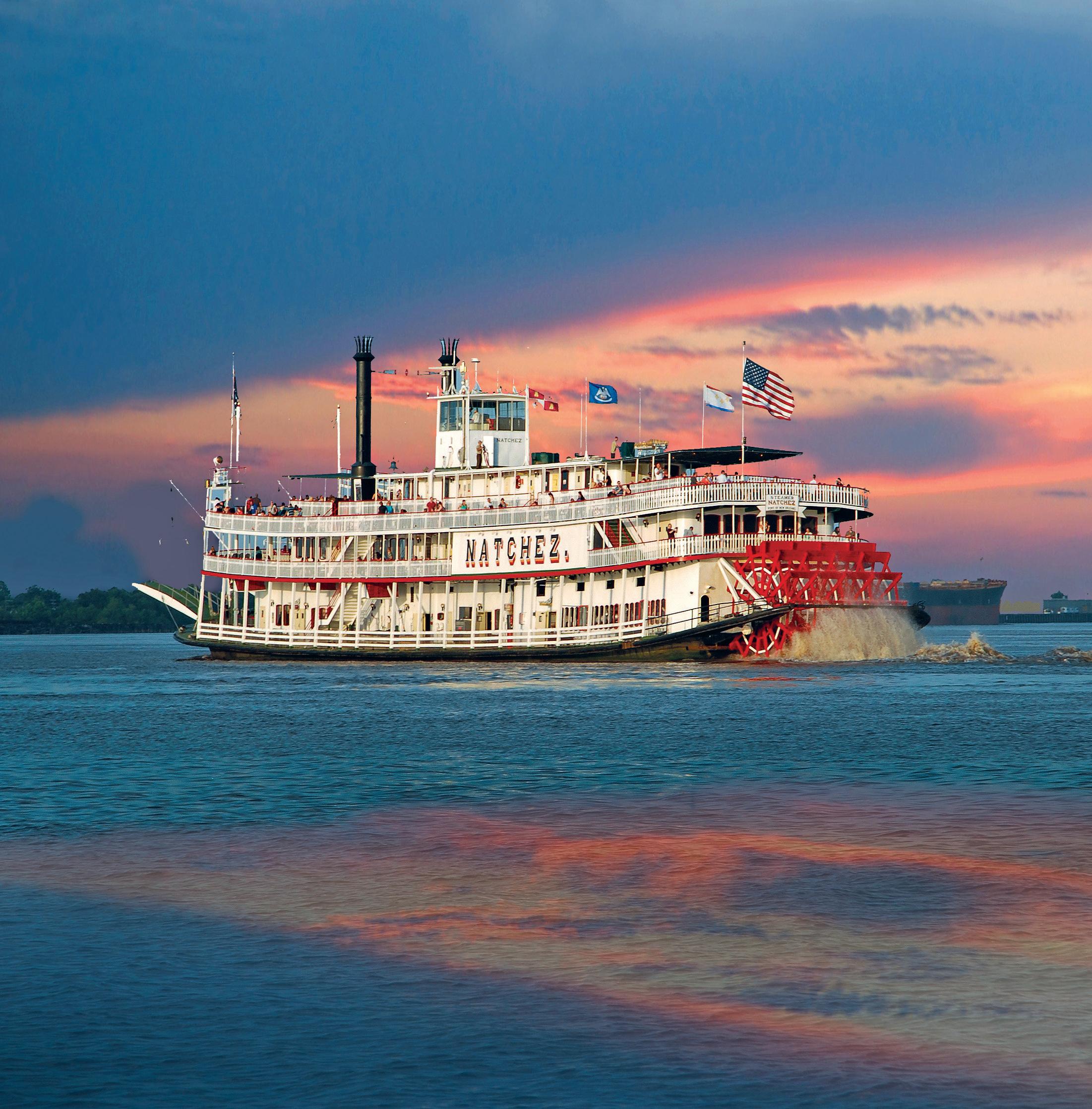
FIRST LOOK
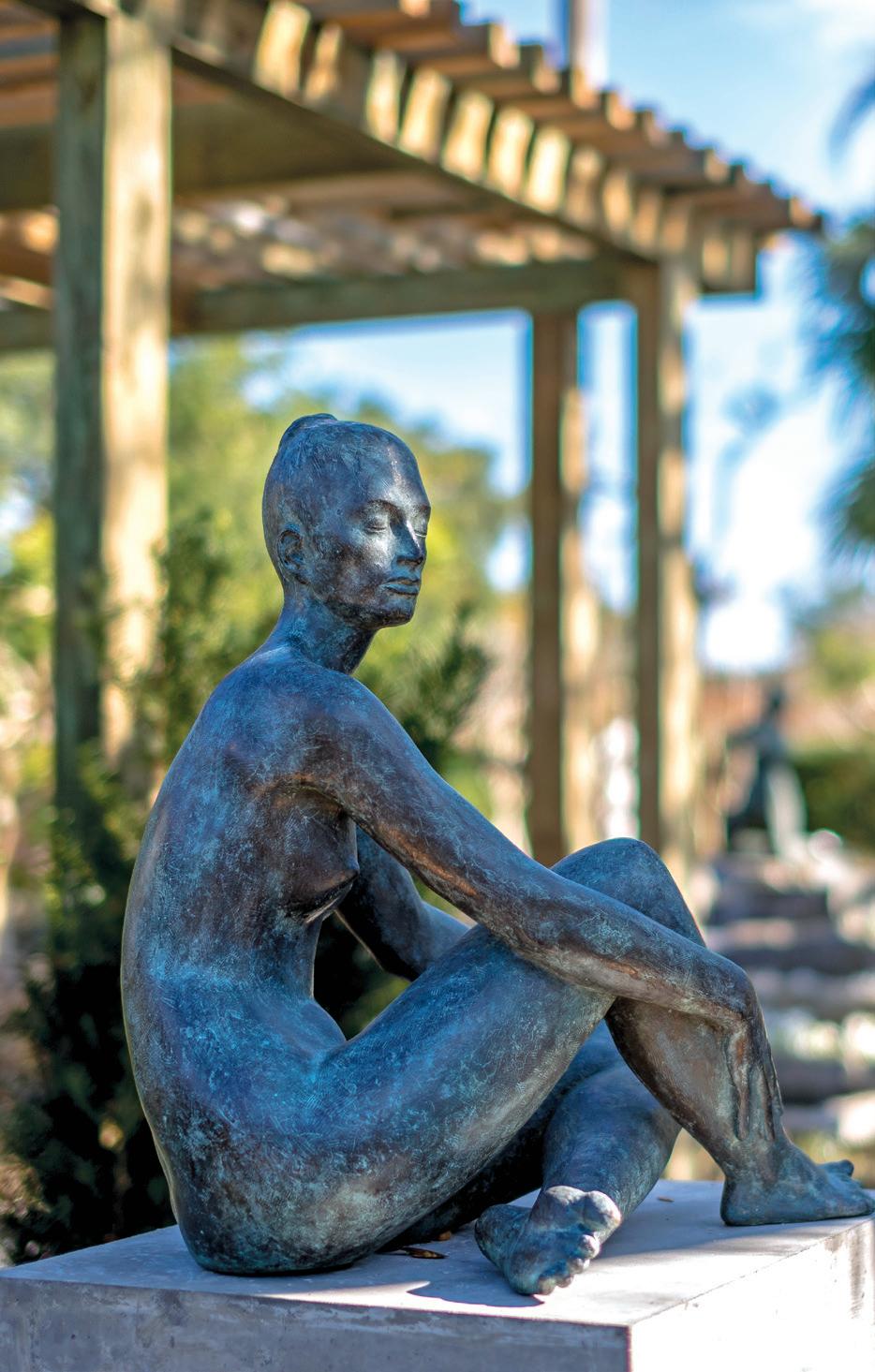
City Park
With its easygoing pace, subtropical climate and tranquil outdoor spaces, the Crescent City is made for walks in the park. Founded in 1858, New Orleans City Park is one of the nation’s oldest, biggest and most visited. Counting the world’s largest collection of live oaks and a wide variety of outdoor activities, from boating and horseback riding to golf and tennis, the park also features the New Orleans Museum of Art and its free Besthoff Sculpture Garden, along with the Louisiana Children’s Museum.
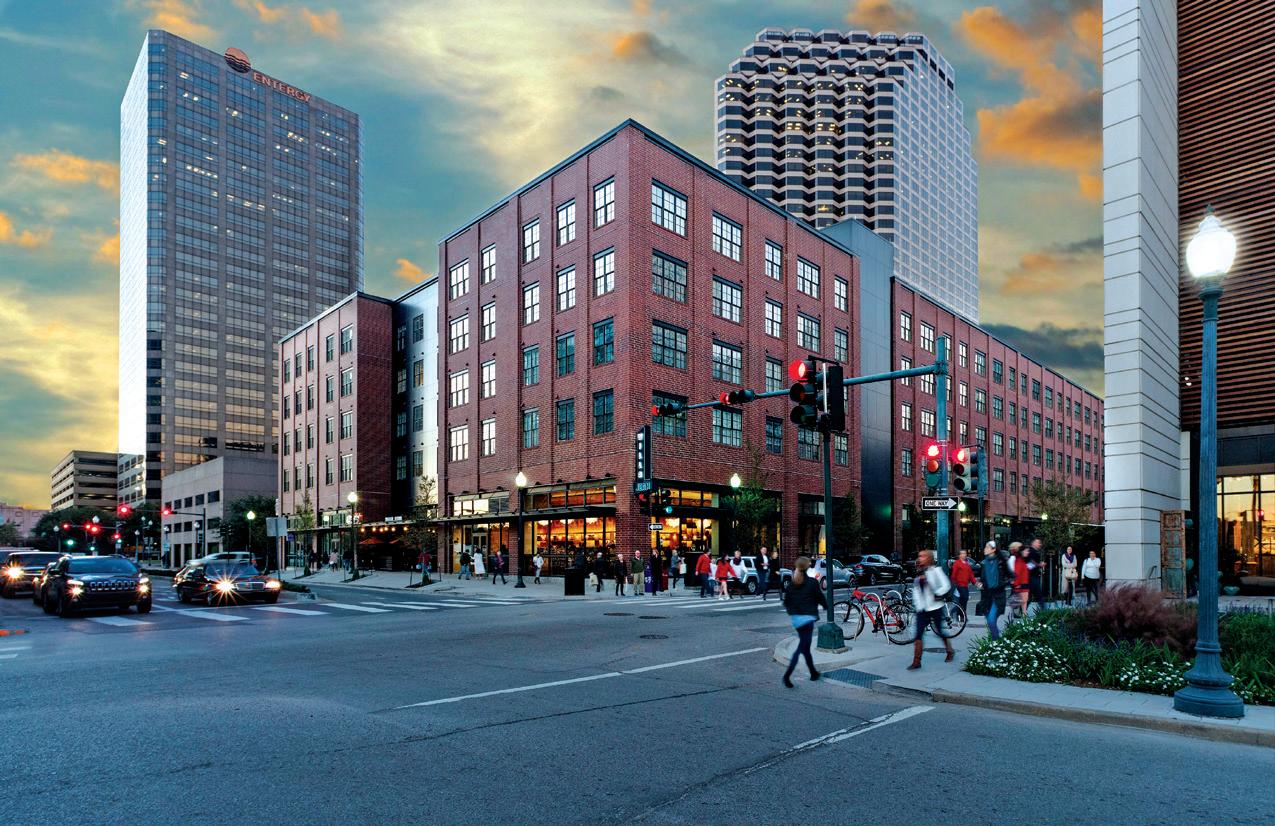
Central Business District
Canal Street, laid out in the mid 1800s, originally served as a “neutral ground” between the Creole-populated French Quarter and Uptown’s “American sector.” Cross Canal from the Quarter, and you enter the Central Business District, or CBD, which is defined by Poydras Street, its main artery stretching from the river to the Caesars Superdome. As its name suggests, the CBD is the hub of local commerce but also includes the Morial Convention Center, Harrah’s Casino, high-end hotels and massive Mardi Gras World.
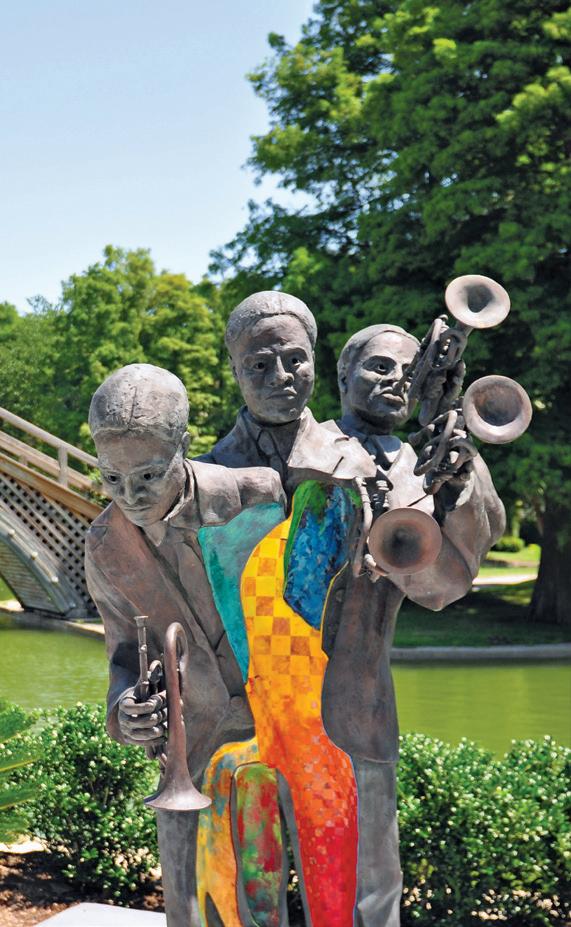
Tremé
Long before the HBO series made it a household name, the Faubourg Tremé was known locally as a breeding ground for jazz and a gravity center of Crescent City culture. Just north of the French Quarter, the nation’s oldest African American neighborhood claims a number of historic sites, including the second-oldest Black Catholic parish in the U.S., the circa-1841 St. Augustine Church. Armstrong Park, home to Congo Square where people of color would gather during the 1800s to drum, dance and sing, features statues of music legends, such as the late, great Louis Armstrong, for whom it is named.


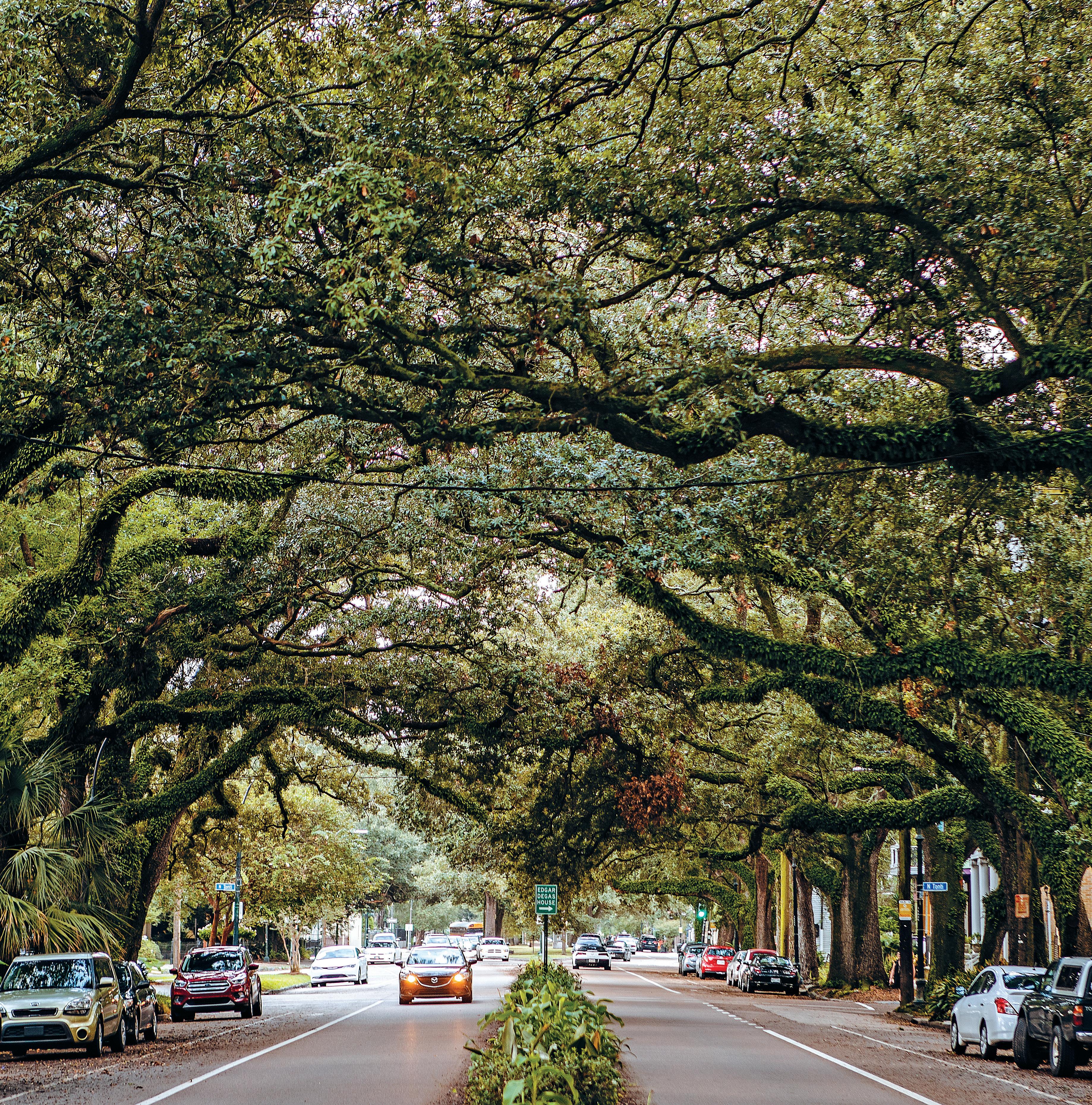
Mid-City
With access to Bayou St. John, City Park and long sections of both Canal Street and Carrollton Avenue, the Mid-City neighborhood, once referred to as “backatown,” is really in the middle of it all. Built around the New Basin Canal (now Interstate 10), the area rose from swampland to become an industrial center, before morphing into today’s bustling city center. Culture vultures flock to the New Orleans Museum of Art, while outdoor adventurists gravitate to the park and adjacent bayou. The Canal streetcar line links Mid-City to downtown; the Lafitte Greenway, a 2.6-mile bike and pedestrian path, connects to the French Quarter.
FIRST LOOK
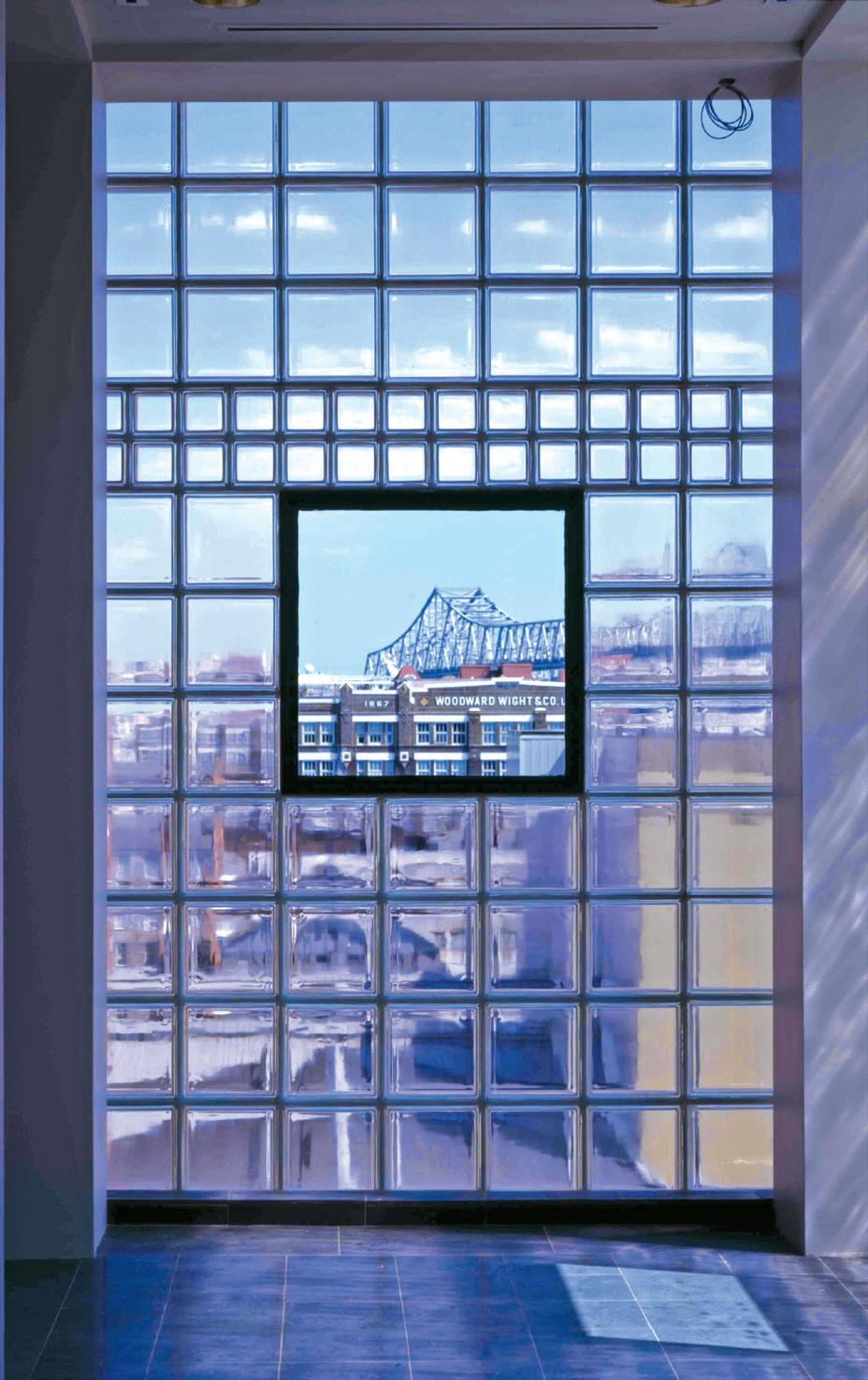
Warehouse Arts District
Prior to the 1984 World’s Fair, this section of the city, bound by Poydras and Howard avenues between St. Charles Avenue and the river, was devoted to crumbling 19th-century warehouses. Today it’s a thriving arts district with dozens of galleries and museums, including the award-winning National WWII Museum, the Ogden Museum of Southern Art and the new Museum of the Southern Jewish Experience. Julia Street’s identical red-brick townhouses, known as the “Thirteen Sisters,” is a great example of Federal-style architecture.
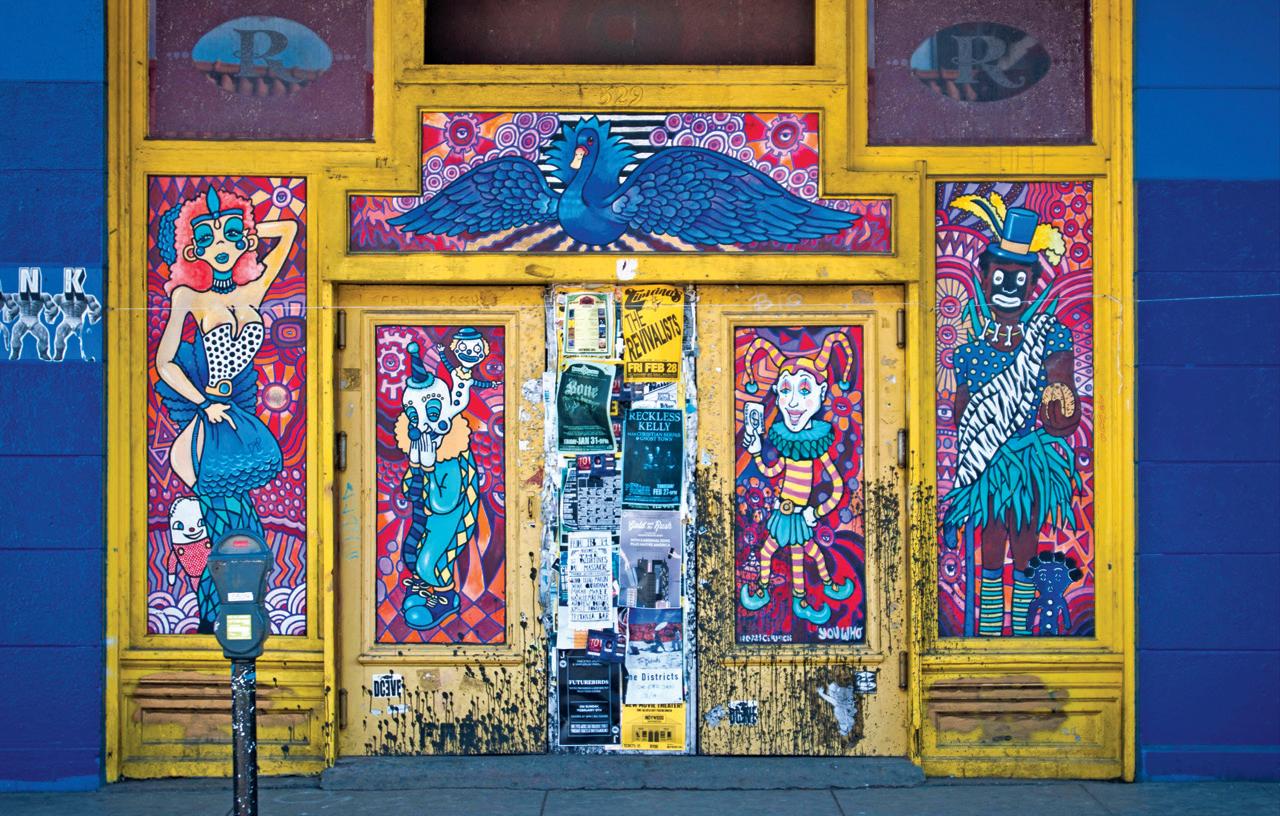
Marigny/Bywater
Named one of the city’s hippiest ’hoods by Travel + Leisure, the French Quarter-adjacent Marigny (just across Esplanade Avenue) is largely comprised of historic Creole cottages and colorful double shotguns. Its central strip, Frenchmen Street, is loaded with cool music venues and funky clubs. Further downriver, the Marigny-adjacent Bywater attracts artists, musicians and other creative types. Though primarily residential, the area is also home to trendy eateries and offbeat watering holes. The riverfront Crescent Park links the two neighborhoods to the French Quarter.
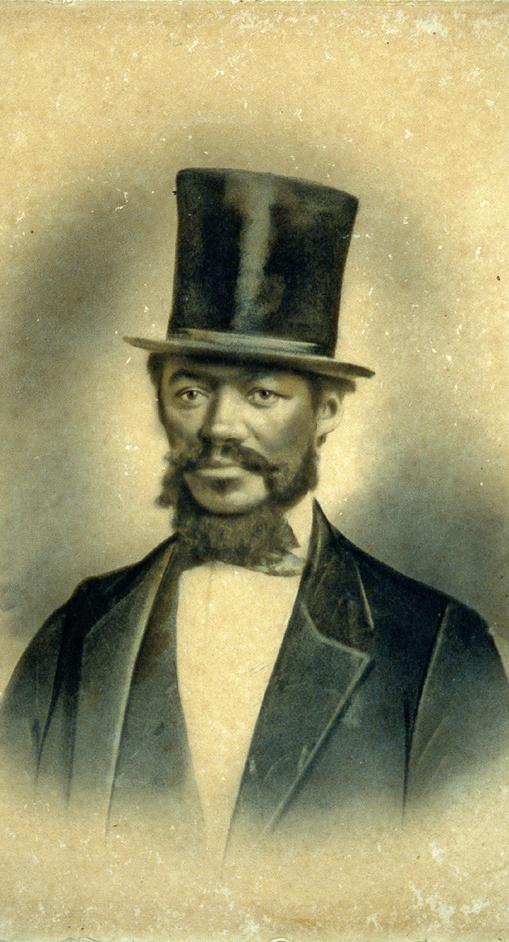
Museums
For three centuries New Orleans has stood at the center of Southern culture, and nowhere is that more evident than in its many museums. There are dozens to explore, each with its own concentration. The Louisiana State Museum system features a number of the region’s oldest and most important buildings; the National WWII Museum ranks as the city’s most popular destination. Classicists will gravitate to the New Orleans Museum of Art; modernists will find what they are after at the Contemporary Arts Center. Southern art is the focus at the Ogden Museum, while the Historic New Orleans Collection charts the city’s 300-year evolution and the Sazerac House toasts local cocktail culture.
FIRST LOOK
Festivals
With an average of 500-plus, Louisiana mounts more festivals than there are days of year, with many taking place within the metro area. From the Tennessee Williams Literary Festival in March to the Satchmo SummerFest in August to October’s Voodoo Music + Arts Experience, you’re bound to stumble upon a cultural celebration of some sort during the during your visit. Two of the largest and most popular—the French Quarter Festival and the New Orleans Jazz & Heritage Festival—take place each April, but good times are always on the Crescent City calendar whatever the month.
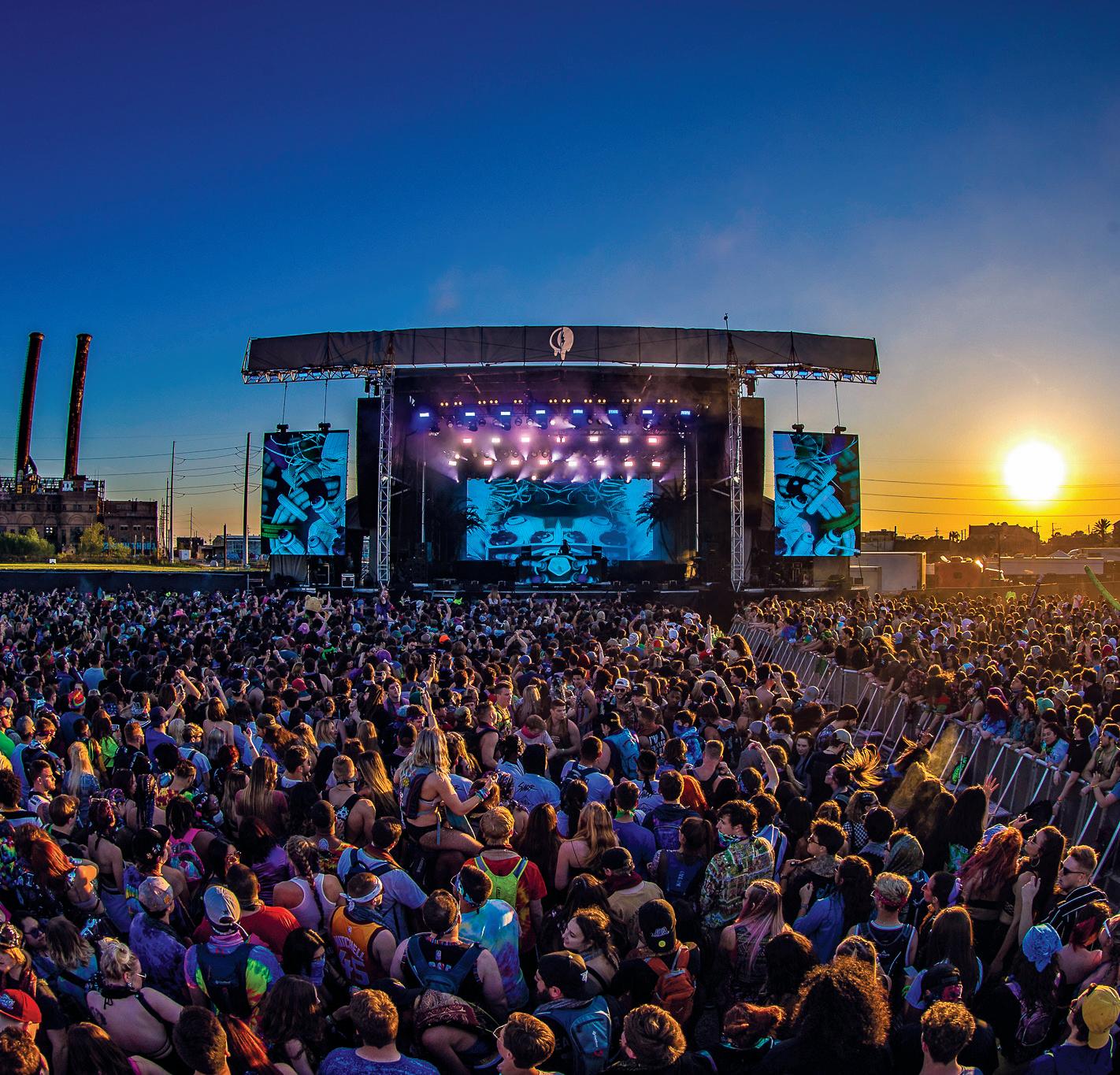
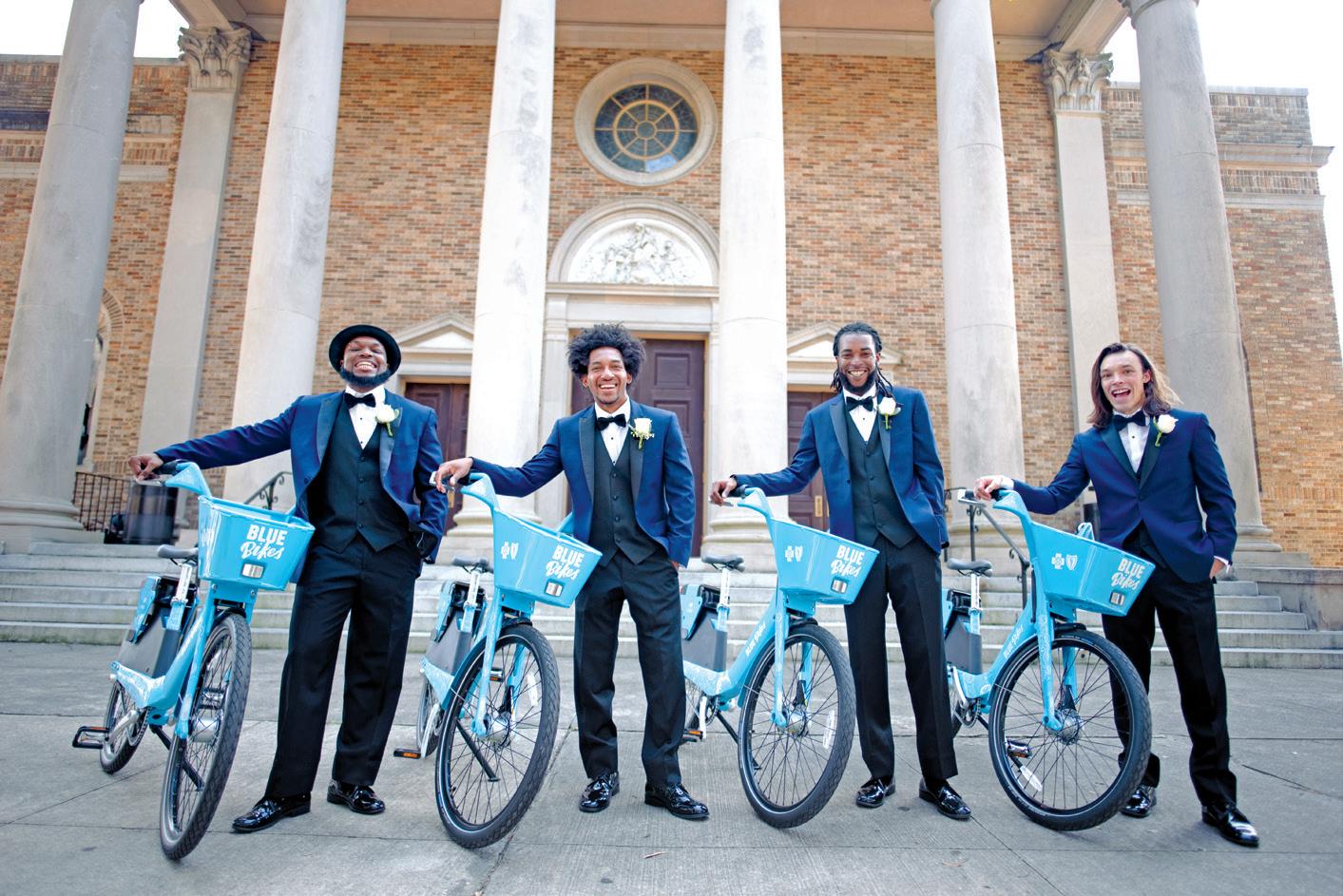
Bike Rentals
With more than 100 miles of designated paths, New Orleans ranks among the top cities in the U.S. for urban biking—hence the growing number of bicycle vendors that have opened in recent years. From guided tours and hourly rentals to the recently reinstated Blue Bike municipal sharing program, the city offers a variety of two-wheel alternatives to Uber and Lyft. Take a spin along the riverfront Crescent Park or set off on the Laffite Greenway. More a nature lover than city cyclist? Explore the Tammany Trace, which spans 31 miles through five Northshore communities.




